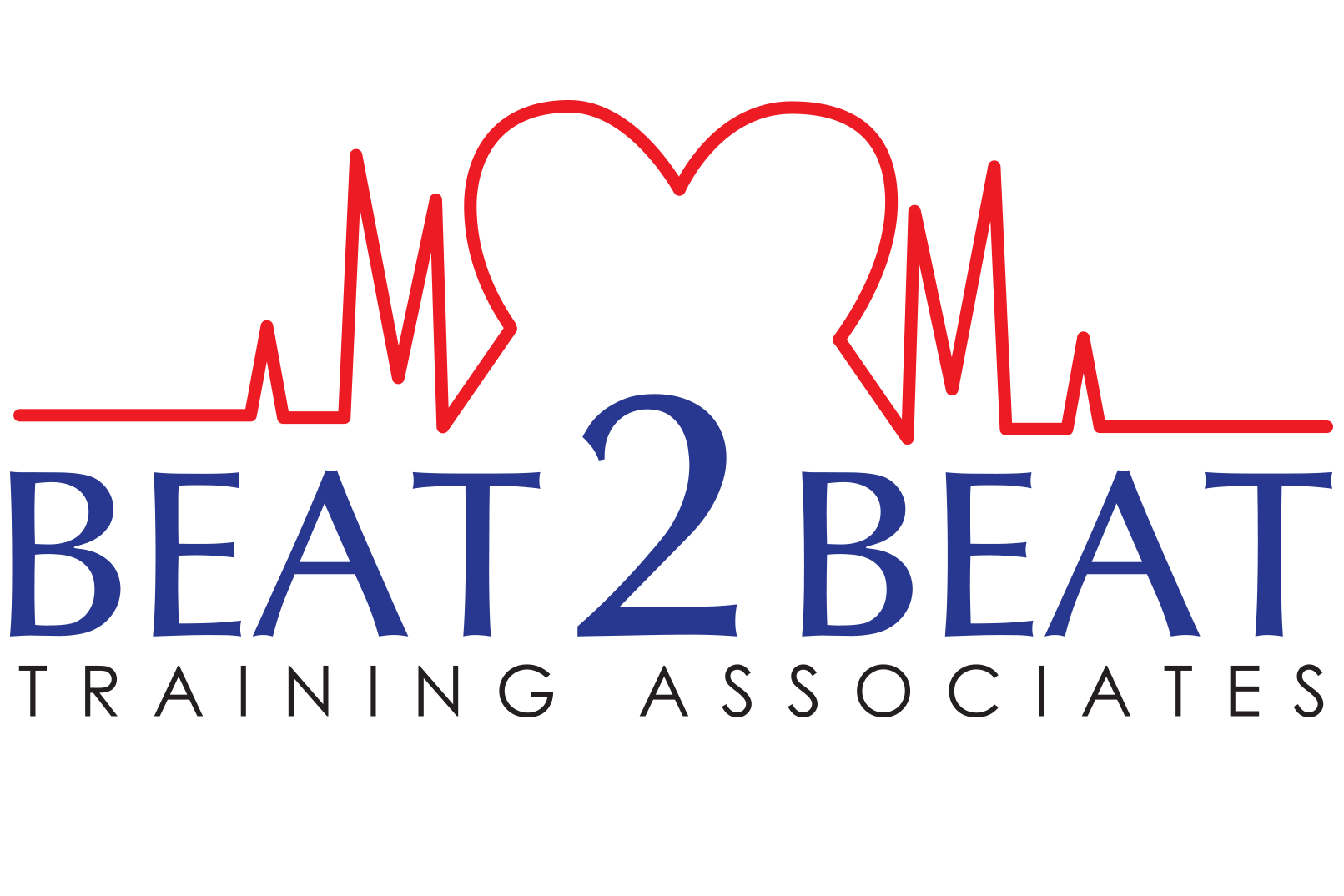Links
These links are provided to assist you in reaching your learning goals.
Check out our practice tips and tricks Instagram account at: https://www.instagram.com/beat2beattraining/
POCUS Training - Contact Dr. Greg Hall at https://emergdoc.com
Frontline Forward is a support and education wellness centre. https://www.frontlineforward.com
Children's Hospital of Philadelphia - Online Pediatric Education. CHOP Online Pediatric Education
Useful Apps
The following are some Apps that we enjoy using.
We have no affiliation with the Apps nor make any guarantees as to their content or accuracy.
CPR Tempo- an app with a metronome to help guide your chest compressions while performing CPR available on the Apple OS platform.
Full Code Pro- an app from the American Heart Association designed to help you keep track of documentation during a code situation.
BiliCalc- an app which allows clinicians to enter age in hours, lab results and displays guidelines for treatment based on The American Academy of Pediatrics 2004 guidelines.
iArrest App- an app designed with checklists and memory aides to assist you in managing a code blue scenario using the latest resuscitation guidelines from the United Kingdom. http://www.iarrest.org
Code Blue App- an app designed to help you chart your code in live time with the capability of sharing it to your EMR. https://redivus.com/cardiac-arrest
Interesting Information
Crash 3- investigating the use of Tranexamic Acid in patients with traumatic head injury. The Lancet (October 2019) https://www.thelancet.com/journals/lancet/article/PIIS0140-6736(19)32233-0/fulltext
Examining the ethics and viability of resuscitation for infants born at less than 26 weeks gestation. (Up to Date, May 2019 ) https://www.uptodate.com/contents/periviable-birth-limit-of-viability and (Healthy Debate, June 2019) https://healthydebate.ca/2019/06/topic/babies-born-23-weeks-preterm
Women are less likely to survive an Out of Hospital Cardiac Arrest Event. European Heart Journal (May 2019) https://academic.oup.com/eurheartj/advance-article/doi/10.1093/eurheartj/ehz297/5492041
Neonatal Hypoglycemia. Stat Pearls (January 2019)https://www.ncbi.nlm.nih.gov/books/NBK537105/
Hypoglycemia in infants. Neonatal guideline from Winnipeg Regional Health (July 2017 ) https://www.wrha.mb.ca/extranet/eipt/files/EIPT-035-025.pdf
Crash 2- Use of Tranexamic Acid in trauma treatment. Journal of Blood Transfusion (Sept 2015) https://www.ncbi.nlm.nih.gov/pmc/articles/PMC4576020/
Translating Emergency Knowledge for Kids. https://trekk.ca/ This website has useful information for clinicians and parents on a vast array of pediatric care topics.
2018 Updates to the Heart and Stroke Foundation/AHA ACLS Guidelines. https://www.heartandstroke.ca/-/media/pdf-files/cpr/new-pdfs/highlightsofthe2018focusedupdatestoguidelinesforcprandeccadvancedcardiovascularlifesupportandpediatr.ashx
Accurate Dysrrhythmia Monitoring in Adults http://ccn.aacnjournals.org/content/36/6/e26.full.pdf+html This article outlines the guidelines for selecting cardiac monitoring leads of adults from the American Association of Critical Care Nurses.
The article presents information on the usefulness of the Lewis Lead in detecting atrial activity in wide complex tachycardia. http://circ.ahajournals.org/content/119/24/e592
The Lewis Lead may be helpful to identify atrial activity not seen on the standard 12 lead ecg. https://www.emnote.org/emnotes/lewis-lead-s5-lead
Caution in using Adenosine when the rhythm may not be SVT.
Guidelines on obtaining a 12-lead ecg. https://www.bmj.com/sites/default/files/response_attachments/2016/09/CAC_SCST_Recording_a_12-lead_ECG_final_version_2014_CS2v2.0.pdf
